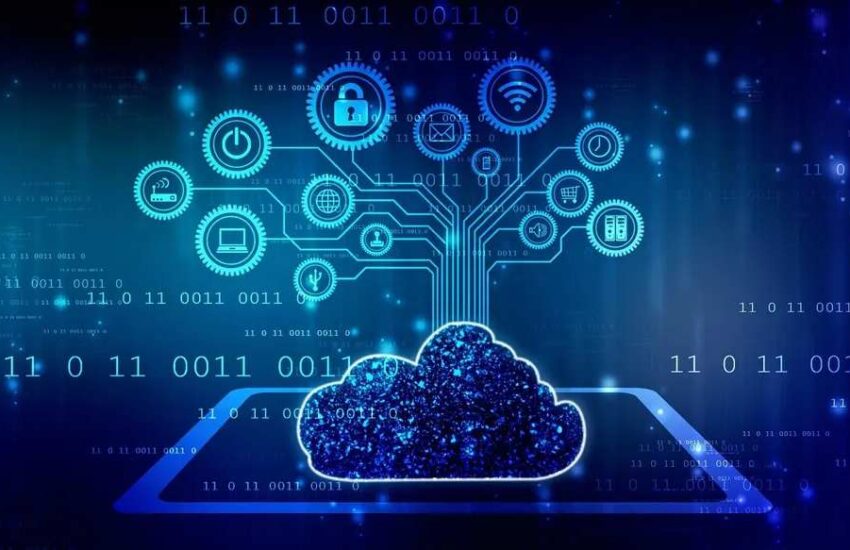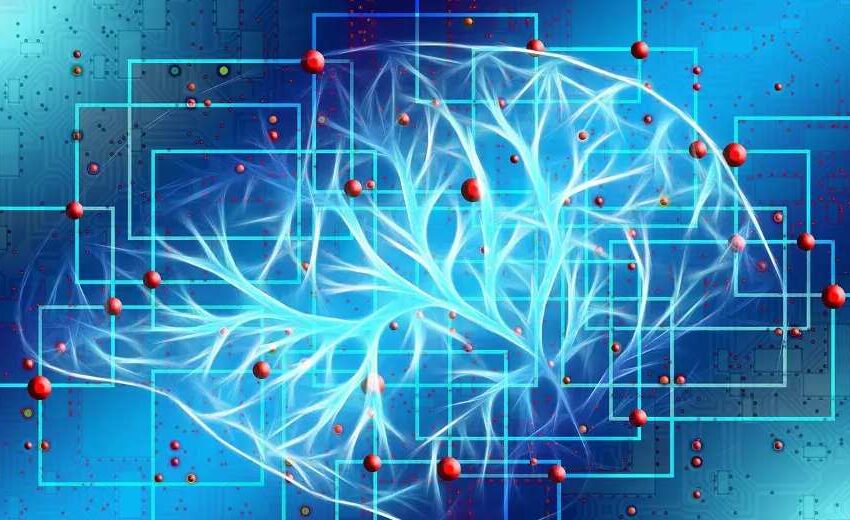Artificial intelligence (AI) is revolutionizing the workforce, offering unprecedented efficiency and productivity gains while also raising concerns about job displacement and the future of work. As AI continues to evolve, understanding its impact on jobs and preparing for the changes it brings is crucial for workers, businesses, and policymakers alike. This article explores the multifaceted effects of AI on employment, highlighting both the risks and opportunities, and offers strategies for adapting to this transformative technology.
Introduction to AI’s Impact on the Workforce
The integration of AI and automation in various industries is reshaping how work is performed. From manufacturing to healthcare, AI technologies are automating routine tasks, enabling faster and more accurate decision-making, and creating new efficiencies. However, this technological advancement also prompts questions about job security and the changing nature of work. How will AI affect existing jobs? What new opportunities will it create? And how can the workforce adapt to these changes?
Jobs at Risk of Automation and Potential Job Displacement
Sectors Most Affected by Automation
Certain industries are more susceptible to automation due to the repetitive and predictable nature of the tasks involved. Jobs in manufacturing, retail, transportation, and customer service are at high risk. For example, assembly line workers, cashiers, and truck drivers are likely to see significant changes as AI-driven machines and autonomous vehicles become more prevalent.
Potential Job Displacement
While AI can enhance productivity, it can also lead to job displacement. According to a report by McKinsey Global Institute, up to 800 million jobs could be displaced by automation by 2030. However, it’s important to note that this does not necessarily mean mass unemployment. History has shown that technological advancements often lead to the creation of new job categories and opportunities, although the transition can be challenging.
New Job Opportunities Created by AI
Emerging Job Roles
AI is not only displacing jobs but also creating new roles that require advanced technical skills and creativity. Some emerging job categories include AI specialists, data scientists, and automation engineers. Additionally, there is a growing demand for roles that support AI systems, such as AI ethicists, who ensure that AI technologies are developed and used responsibly.
Industry Examples
In healthcare, AI is creating opportunities for professionals who can develop and maintain AI-driven diagnostic tools. In finance, AI is generating jobs in fraud detection and algorithmic trading. Moreover, the tech industry itself is expanding, with startups and established companies alike seeking talent to innovate and implement AI solutions.
Strategies for Workforce Reskilling and Adapting to AI
Importance of Reskilling
To mitigate the risks of job displacement, reskilling the workforce is essential. Governments, educational institutions, and businesses must collaborate to provide training programs that equip workers with the skills needed in an AI-driven economy. This includes not only technical skills but also soft skills like critical thinking, creativity, and adaptability.
Effective Reskilling Programs
Several successful reskilling initiatives can serve as models. For instance, IBM’s P-TECH program offers students a pathway from high school to career in tech, combining classroom learning with workplace experience. Similarly, AT&T’s Future Ready initiative provides employees with opportunities to learn new skills through online courses and collaborations with universities.
Continuous Learning
Adapting to AI requires a commitment to lifelong learning. Workers must be proactive in acquiring new skills and staying updated with technological advancements. Online learning platforms like Coursera, edX, and Udacity offer accessible courses on AI, data science, and other relevant fields, enabling individuals to continuously enhance their competencies.
Case Studies of Companies Successfully Integrating AI and Human Labor
Amazon
Amazon is a prime example of a company that effectively integrates AI with human labor. The company’s fulfillment centers use robots to handle tasks like picking and packing, while human workers focus on more complex tasks that require judgment and dexterity. This combination has increased efficiency while maintaining a significant human workforce.
Siemens
Siemens employs AI to optimize its manufacturing processes, using predictive maintenance and automated quality control systems. The company has also invested heavily in training its employees, ensuring they can work alongside AI technologies and manage these advanced systems effectively.
General Electric (GE)
GE uses AI to enhance its industrial operations, from power generation to aviation. AI-driven analytics help predict equipment failures and optimize maintenance schedules, reducing downtime and operational costs. GE’s workforce has adapted to these changes through continuous training and development programs.
Conclusion and Recommendations for Policymakers and Businesses
Summary of Key Points
AI and automation are reshaping the workforce, presenting both challenges and opportunities. While certain jobs are at risk of displacement, AI is also creating new roles and driving demand for advanced skills. Effective reskilling and continuous learning are critical to ensuring that workers can thrive in an AI-driven economy.
Recommendations for Policymakers
Policymakers should prioritize education and training programs that prepare workers for the future. This includes funding for STEM education, vocational training, and initiatives that promote digital literacy. Additionally, policies that support job transitions and provide social safety nets can help mitigate the impact of job displacement.
Recommendations for Businesses
Businesses should invest in their workforce by offering training and development opportunities. Collaboration with educational institutions and participation in industry consortia can help companies stay ahead of technological trends. Moreover, adopting a human-centric approach to AI integration, where technology complements rather than replaces human labor, can lead to more sustainable and ethical outcomes.
In conclusion, AI and automation are transforming the workforce, and adapting to these changes requires a proactive and collaborative approach. By embracing reskilling, continuous learning, and ethical AI practices, we can harness the full potential of AI to create a future where technology and human labor coexist harmoniously.


